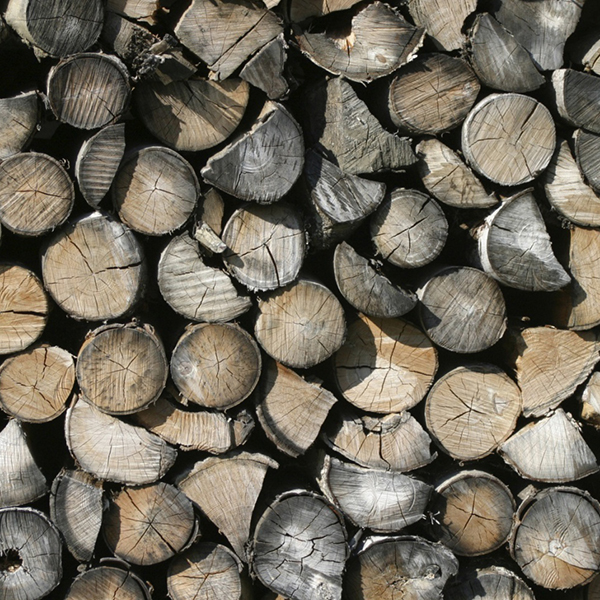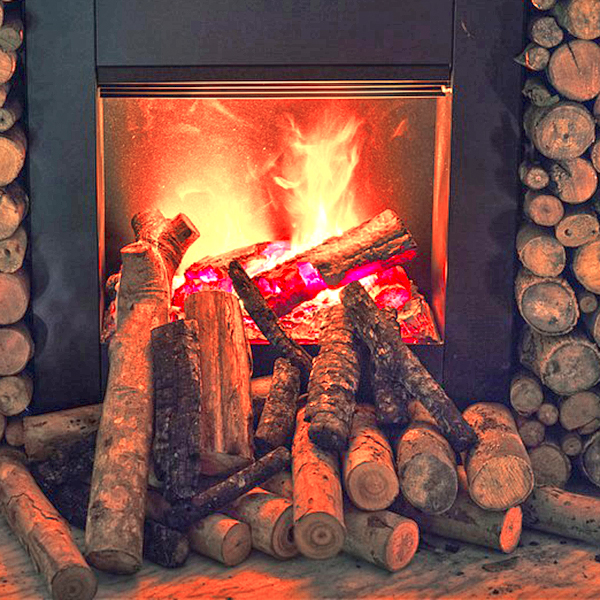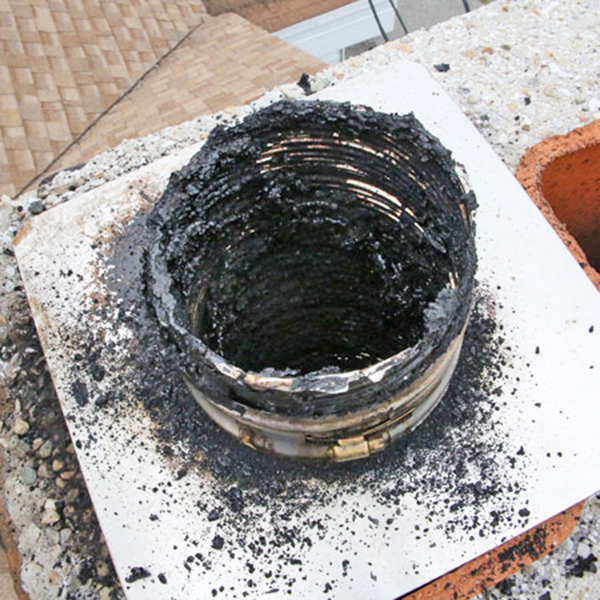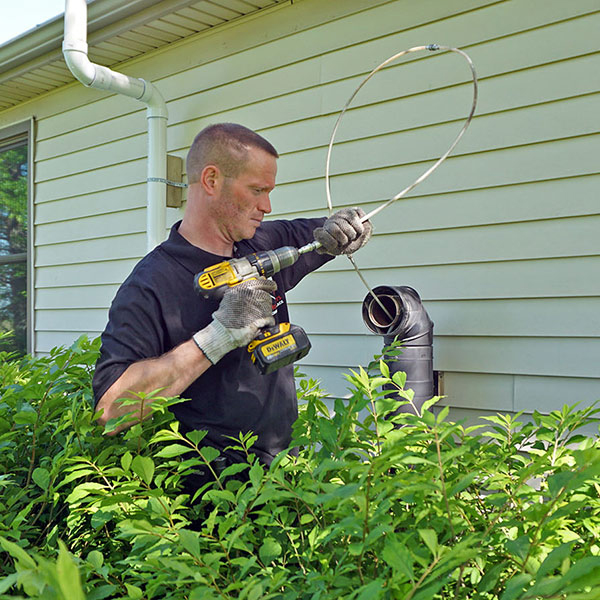That’s Not the Smell of Turkey – Where’s the Smoke?

Yesterday, I went to a friend’s house for a ‘dry run’ for
Thanksgiving Day. I have never participated in a dry run, so this was new. A ‘dry
run’ is more about process and timing and not necessarily taste testing the
food. Disappointing, but I think we all got that one down just fine.
When I arrived, everything was in order: dishes, pots, pans,
food prep and serving spaces. I found out that my job for today was to dry run
the family and dining rooms where the tables were to be set up. I did my part
and figured out where the tables and chairs were to go. I, of course, set up
the tables in the family room around the fireplace. Not too close, no need to
cook the turkey twice…or the guests.
Now for the dining room. As I was working out the
configuration, I smelled some smoke. I thought she decided to make a couple of
dishes for me…us…to taste test. It wasn’t smelling so good. Too smoky. I went
into the kitchen to explore the dishes of food to find everything empty. Where
is that smell coming from?
I went from room to room ensuring nothing was burning. Until
I walked into the family room. She lit the fireplace. Smoke
was going into the chimney,
but was also remaining in the house. Problem.
There are lots of reasons for the smoke to come into the
house.
- It could need a good cleaning or chimney sweep
- Maybe the damper
isn’t fully open - The firewood could be bad
Instead of wasting time guessing, I told her to call
Superior Chimney 877-244-6349 to inspect and clean the chimney.
At first, she was reluctant and I shared two critical reasons to call: 1. There’s
going to be a house full of guests. No need for the Great American Smoke Out.
2. Clothing, furniture and the carpet will absorb the smoky smell. It’s better
to have guests leave with the smell of oven roasted turkey.
Thankfully, she listened. Superior Chimney should be at my friend’s
house shortly. They’ll inspect the condition of the chimney with their 14-point inspection.
Next, a thorough chimney
cleaning and fireplace
cleaning with all the pictures and explanations she’ll need to understand
where the smoke problem resides. Now when tomorrow comes, we’ll be sniffing up
all the right smells.
This post first appeared on https://www.superiorchimney.net

 When a tree is freshly cut, the wood contains a lot of moisture – up to 45 percent, according to the Chimney Safety Institute of America (CSIA). And it’s this moisture content that creates more smoke and creosote while also lowering the temperature of the fire. It’s like throwing water on the fire. You not only will need to burn more wood to keep the fire going, but it will also create a dirtier fireplace or wood stove with more creosote, soot, and ash.
When a tree is freshly cut, the wood contains a lot of moisture – up to 45 percent, according to the Chimney Safety Institute of America (CSIA). And it’s this moisture content that creates more smoke and creosote while also lowering the temperature of the fire. It’s like throwing water on the fire. You not only will need to burn more wood to keep the fire going, but it will also create a dirtier fireplace or wood stove with more creosote, soot, and ash. When storing firewood, it should be stacked off the ground and in a dry, ventilated space, like a shed or garage. If you must store wood outside, cover it to prevent exposure to rain and pests, which can cause rotting.
When storing firewood, it should be stacked off the ground and in a dry, ventilated space, like a shed or garage. If you must store wood outside, cover it to prevent exposure to rain and pests, which can cause rotting. The holiday season is in full swing. This is the perfect time to light up your gas fireplace! Sitting beside a glowing hearth is a relaxing way to end a long day spent rushing around in Connecticut’s chilly weather. When friends or family come over, they’ll be happy to gather around the fireplace to chat or play games. Before you ignite your fireplace this season, there are a few steps you should take to ensure it is safe.
The holiday season is in full swing. This is the perfect time to light up your gas fireplace! Sitting beside a glowing hearth is a relaxing way to end a long day spent rushing around in Connecticut’s chilly weather. When friends or family come over, they’ll be happy to gather around the fireplace to chat or play games. Before you ignite your fireplace this season, there are a few steps you should take to ensure it is safe. Fireplace doors play an important role in protecting your home by stopping carbon monoxide and sparks from escaping. That’s why they should be able to close tightly. The glass on the doors shouldn’t have any flaws. A flaw in the glass, like a scratch, can weaken it and make it unable to safely endure the high heat of the fire.
Fireplace doors play an important role in protecting your home by stopping carbon monoxide and sparks from escaping. That’s why they should be able to close tightly. The glass on the doors shouldn’t have any flaws. A flaw in the glass, like a scratch, can weaken it and make it unable to safely endure the high heat of the fire.
 When a fireplace runs efficiently every winter, it doesn’t happen by accident. A set of conditions work in harmony to ensure that fires burn hot and combustion byproducts exit through the chimney. All fireplaces and chimney systems need maintenance to keep those ideal conditions in place. The following tips can help to ensure that your fireplace runs efficiently this winter.
When a fireplace runs efficiently every winter, it doesn’t happen by accident. A set of conditions work in harmony to ensure that fires burn hot and combustion byproducts exit through the chimney. All fireplaces and chimney systems need maintenance to keep those ideal conditions in place. The following tips can help to ensure that your fireplace runs efficiently this winter. It’s impossible to have an efficient fireplace if you burn green wood. Fresh-cut firewood is packed with moisture, and burning it creates excessive smoke and leaves behind excess creosote in the flue. Firewood should be seasoned before burning it. To season firewood, let it dry out for 6 to 12 months. Wood piles should allow for airflow between pieces of wood. Sun should be able to get to the wood, though it also needs protection from the rain.
It’s impossible to have an efficient fireplace if you burn green wood. Fresh-cut firewood is packed with moisture, and burning it creates excessive smoke and leaves behind excess creosote in the flue. Firewood should be seasoned before burning it. To season firewood, let it dry out for 6 to 12 months. Wood piles should allow for airflow between pieces of wood. Sun should be able to get to the wood, though it also needs protection from the rain. Gas fireplaces are popular for many reasons including beauty, ease of use, EPA-standard efficiency and great heating performance. To operate your gas fireplace safely, there are a few things you need to do on a regular basis. Here are some simple maintenance tips to get your fireplace ready for winter.
Gas fireplaces are popular for many reasons including beauty, ease of use, EPA-standard efficiency and great heating performance. To operate your gas fireplace safely, there are a few things you need to do on a regular basis. Here are some simple maintenance tips to get your fireplace ready for winter. Pilot light inspection
Pilot light inspection The only thing better than a fireplace in the winter is an efficient fireplace in the winter. By following these six tips for max fireplace efficiency and safety, you’ll make a big difference in how much you enjoy your fireplace during the cold months.
The only thing better than a fireplace in the winter is an efficient fireplace in the winter. By following these six tips for max fireplace efficiency and safety, you’ll make a big difference in how much you enjoy your fireplace during the cold months. Tip 3: maximum performance
Tip 3: maximum performance Many homeowners depend on
Many homeowners depend on  It produces a lot of smoke
It produces a lot of smoke  If you use a wood-burning fireplace, beautiful fires should be expected every time you fire up. So should the production of creosote. You can’t burn wood without creating at least some of this flammable smoke byproduct, but you can keep creosote buildup inside your chimney at minimum levels.
If you use a wood-burning fireplace, beautiful fires should be expected every time you fire up. So should the production of creosote. You can’t burn wood without creating at least some of this flammable smoke byproduct, but you can keep creosote buildup inside your chimney at minimum levels. “Chimney sweep” is the common name for people who clean chimneys. The best chimney sweeps hold professional industry certifications such as Master Chimney Sweep and Certified Chimney Sweep, designations given by the Chimney Safety Institute of America. Always look for industry credentials when hiring someone to clean your chimney.
“Chimney sweep” is the common name for people who clean chimneys. The best chimney sweeps hold professional industry certifications such as Master Chimney Sweep and Certified Chimney Sweep, designations given by the Chimney Safety Institute of America. Always look for industry credentials when hiring someone to clean your chimney.